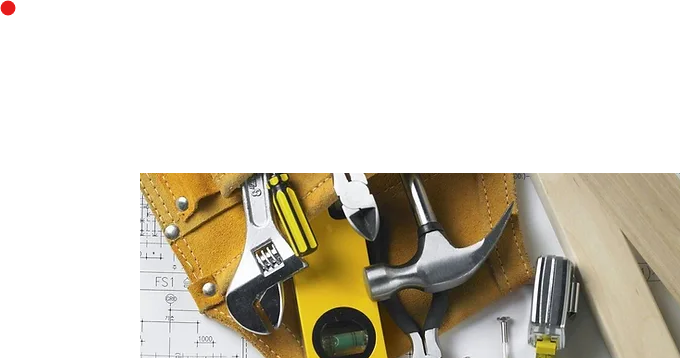Credit card (CC) transactions have unquestionably made remote shopping and e-commerce a lot more convenient and less of a hassle. But a lot goes into making sure that these transactions are kept secure. Attempts to steal bank card details are commonplace, and CC checker tools are a surefire way to control them.
Each and every exchange that you take part in with your bank card makes use of the information provided on it and ensures that your information and finances are safe from the wrong hands. To help with this even further, credit or bank card verification provides a simple yet effective and completely legal resource.
In A Nutshell
All types of bank cards, including credit, debit, or gift cards possess the required information needed for verification purposes. Specifically, it’s the primary account number (PAN), or the card number, that has to be authenticated using standardized algorithms.
A card can only be validated if the number that is printed on it fulfills certain criteria determined by the bank or organization that issued it to the cardholder.
What that means is that you cannot just type in a random number and expect it to be declared valid. If the number contains the right sequence, only then can it be valid even if the card is no longer functional or contains no credit? “Fake” numbers can even be generated and used as valid card numbers, but not for any real transaction if there are no funds involved.
How It Works
All the relevant information for the verification process is contained within the card’s PAN. This 12 to 19-digit number (depending on who issued it) is analyzed by the Luhn algorithm, or MOD 10 algorithm, to determine its validity. This algorithm can also be applied manually, although most users would prefer to tun it through a quicker and less-error-prone automated system.
The card number contains the bank identifier number, or BIN, which is specific to each bank. The BINs associated with most banks and other financial corporations can be found and cross-referenced through a number of publicly available databases to which CC checker tools have access.
The very first digit of the BIN is the major industry identifier or (MII) which, depending on which one it is, indicates the nature of the institution which assigned the card, be it a financial, petroleum, airline, or government assignment body. Most bank card numbers start with 3,4,5, or 6, as those are the main MIIs of banking enterprises.
But perhaps most important is the checksum digit, which is the very last digit of each card number. This number is used by the algorithm to confirm that the card is authentic, which it does by a series of calculations involving the rest of the number and how the final result of the calculations matches the checksum.
Where and Why Validation is Important
The obvious use of verification is for credit card users and dealers to guarantee that they aren’t using a counterfeit card before engaging or finalizing a transaction or when the credit card issuer is sent an authorization request from a suspicious source.
The tools and algorithms utilized in credit card checking are easy to use, free, legal, and most importantly, a part of the public domain, meaning that anyone can use them in whichever system they find easy to set up.
Credit card verification tools provide quick and accurate results that can be quickly cross-checked, offering a security measure that is as convenient as the concept behind credit cards themselves.
However, authenticating the card number itself is just one step of the process. Once that has been done, the next step is to authorize the card with the validated number for authorization from the issuing bank or institution.
From there, the transaction request might be given to a credit card that has a sufficient balance, or the card might be declined on account of low funds, expired date, or some other reason. Furthermore, if the card is accepted, the number is kept for processing in case of any new developments like a reimbursement.
In Conclusion
Credit card fraud was an inevitable consequence of moving away from cash payments. Credit card companies had to devise a rapid, uncomplicated, and highly efficient method for confirming whether a transaction is genuine and legal.
Credit card verification uses the seemingly unimpressive information presented on your credit or debit and uses it to determine the number of things like who issued it, where the card was assigned, and the associated major industry, brand, and bank branch.
Apart from being accurate and convenient, CC checker tools offer the benefit of only using authorized, publicly available techniques to their full extent, making them usable by everyone and safeguarding transactions everywhere.








